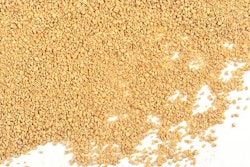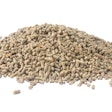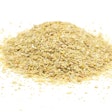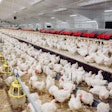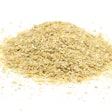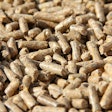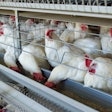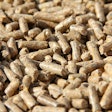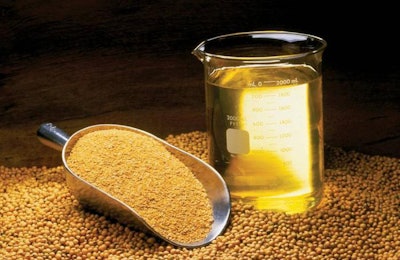
Product has higher levels of residual oil, energy value
Expeller soybean meal is a product, of usually small-scale production, that remains after extraction of soy oil by force, instead of using solvents. It is usually richer in residual oil compared with solvent-extracted soybean meal, which is the soybean meal we encounter most often.
Expeller soybean meal can be an interesting ingredient when offered locally at a competitive price. With levels of residual oil – reaching up to 10% depending on extraction efficiency – and consequently higher energy value compared with traditional soybean meal, expeller meal can provide an alternative to increasing energy costs.
I have used expeller meal with great success, even in high-quality feeds, as a replacement for extruded full-fat soybeans and other refined protein sources. However, such expeller meal has always been of the highest quality, as determined by a low trypsin-inhibitor-activity index, something I always check when it concerns young animal feeds.
Nevertheless, as a consultant, I have also come across products of low quality, usually undercooked or rancid, that failed to replace even average quality soybean meal. The usual complaint here is that low-quality expeller meal can be inferior to a mix of traditional soybean meal plus soy oil. Part of the problem could also be the assignment of inaccurate values for energy (metabolizable or net) and/or (digestible) amino acids.
As is always the case, proper characterization of each raw material is key to successful feed formulation, and expeller soy meal is no exception here.




